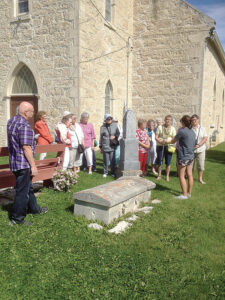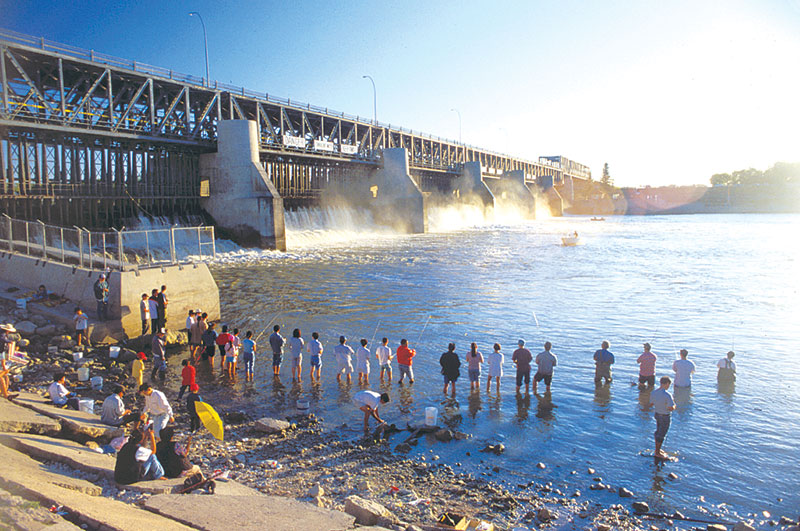Gail McDonald
A day of sunshine, fresh air and plenty to see from exploring nature, culture, or heritage with a culinary twist awaits you! Leaving the city limits, take Highway 101 (Perimeter) to Highway 9 as you’ re set to explore some of the Interlake’s Red River North area.
This is the area in the Interlake that was first settled and there are artifacts dating back to the time when the Vikings were pillaging Europe and Britain. Indigenous peoples called this home. There is evidence of agricultural settlements at Lockport long before the fur traders arrived or the Red River Settlers were granted land by the Canadian government.

After a leisurely drive up the River Road Parkway, with stops at the interpretive signs along the way, visit St. Andrews Rectory Heritage Centre. It’s a great way to learn some of the early heritage of the area. River Road was the first real road in Manitoba, used as a path for generations of Indigenous peoples as they fished, hunted, and planted crops along the mighty Red!
Are you looking for ties to your heritage? You will find many of the early Metis families that received land from Hudson Bay alongside many Orkney family names. Some interesting genealogy is coming out of sessions being held by the St. Andrews Rectory group. A stop at the Heritage Centre to see new exhibits and wander the grounds is always full of information and there is a wide range of unique gifts available from their shop.
Your drive along River Road will take you past the St. Andrews-on-the-Red Anglican Church, the oldest church in western Canada, built of stones by excellent stone masons out of Scotland. Do check at the church as they are open for limited tours during the summer.
Further north you will see the Captain Kennedy House, closed temporarily for repairs, but with beautiful English Gardens open daily to the public at no cost. Along this road you may see other notable stone homes that remain in private hands.
Make a quick stop to observe one of man’s accomplishments at Lockport where the St. Andrews Lock and Dam, built in 1910, spans the Red River, making it possible for boats to be transported through the locks and for cars and trucks to traverse the highway across the top. This was a massive undertaking in those years; however the need to do away with ferries and the dangerous river crossings and to open the north portion of the Red River to travel was necessary.
Going east on Hwy 44 to the turn off for North Henderson Hwy will take you on a scenic route to St. Peter’s Road. Follow the signs for St. Peter’s Church and enjoy the homes and farmland along the way. If interested in staying overnight in a home built in 1862 by the famous stonemason, Duncan McRae, you’ll find the Thomas Bunn home as part of the Fidler House Bed & Breakfast offerings just off this road.
You are now on your way to St. Peter’s Church, the first church built for Indigenous people, with Chief Peguis assisting and encouraging his peoples to attend. He is buried in this cemetery, along with others from early Manitoba history you may recall. Take your time to walk around inside the church and the graveyard, located on the east side of the Red River north of Selkirk.
Ready for some food, travel north to Hwy 4 and take the bridge west across the Red River, turning south into Selkirk. Proceed south Main Street, to Manitoba Ave E, and turn left to discover a delightful restaurant with delicious homecooked meals at Roxi’s by the Red.
Main Street in Selkirk turns into Hwy 9 so it’s an easy journey back to Winnipeg when you wrap up your day. If you are visiting on a Thursday during July and August, plan to start and end at the Rectory. From 6:30 to 7:30 pm you will be entertained by “Porch Performances” at the Rectory. Bring a chair or blanket and make yourself comfortable.
Gail McDonald is the Interlake Tourism manager. www.interlaketourism.com.

